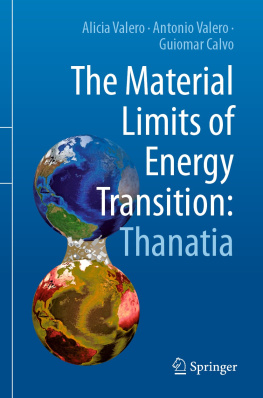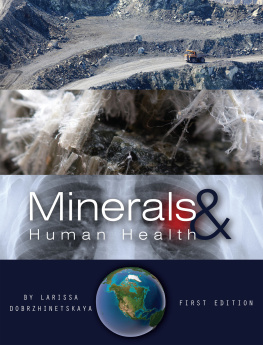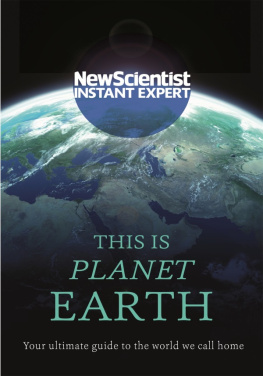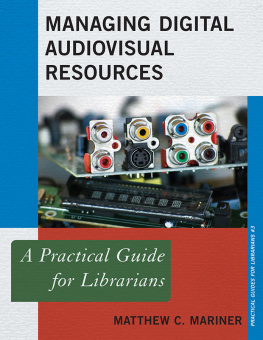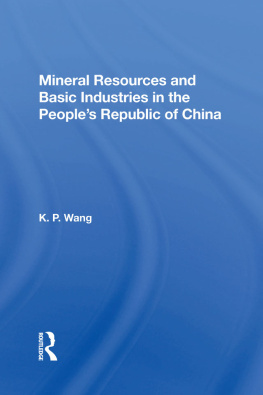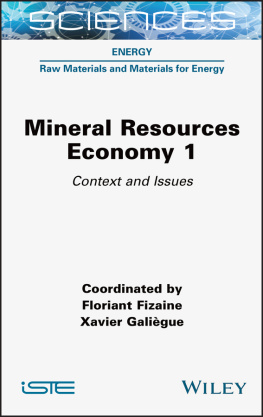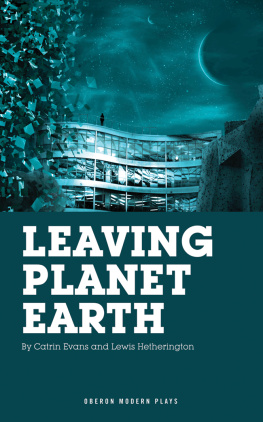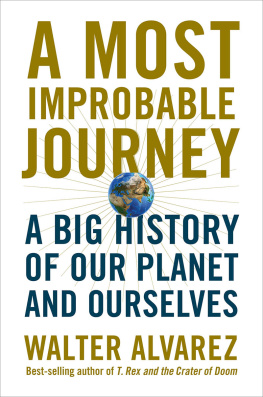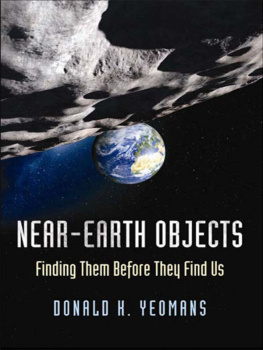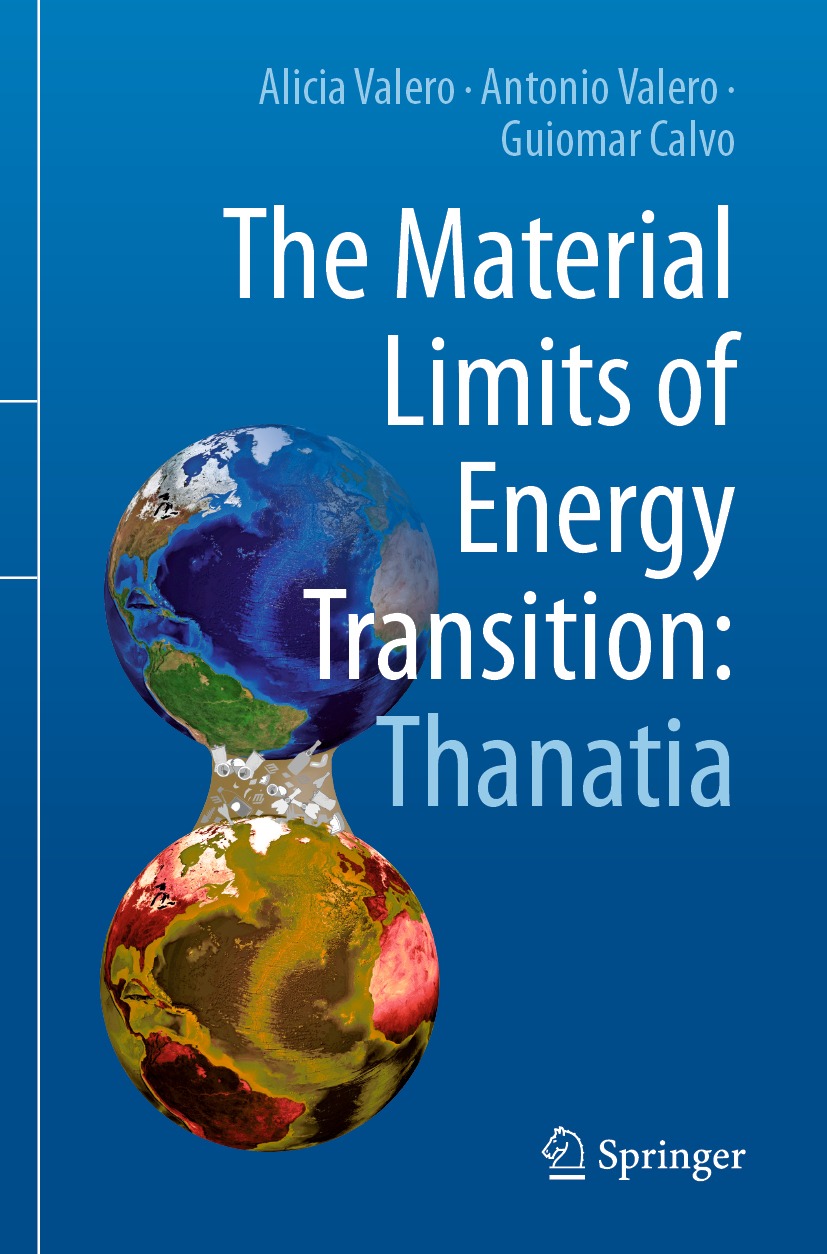Alicia Valero
Instituto CIRCE, University of Zaragoza, Zaragoza, Spain
Antonio Valero
Instituto CIRCE, University of Zaragoza, Zaragoza, Spain
Guiomar Calvo
Instituto CIRCE, University of Zaragoza, Zaragoza, Spain
ISBN 978-3-030-78532-1 e-ISBN 978-3-030-78533-8
https://doi.org/10.1007/978-3-030-78533-8
The Editor(s) (if applicable) and The Author(s), under exclusive license to Springer Nature Switzerland AG 2021
This work is subject to copyright. All rights are solely and exclusively licensed by the Publisher, whether the whole or part of the material is concerned, specifically the rights of reprinting, reuse of illustrations, recitation, broadcasting, reproduction on microfilms or in any other physical way, and transmission or information storage and retrieval, electronic adaptation, computer software, or by similar or dissimilar methodology now known or hereafter developed.
The use of general descriptive names, registered names, trademarks, service marks, etc. in this publication does not imply, even in the absence of a specific statement, that such names are exempt from the relevant protective laws and regulations and therefore free for general use.
The publisher, the authors and the editors are safe to assume that the advice and information in this book are believed to be true and accurate at the date of publication. Neither the publisher nor the authors or the editors give a warranty, expressed or implied, with respect to the material contained herein or for any errors or omissions that may have been made. The publisher remains neutral with regard to jurisdictional claims in published maps and institutional affiliations.
This Springer imprint is published by the registered company Springer Nature Switzerland AG
The registered company address is: Gewerbestrasse 11, 6330 Cham, Switzerland
Preface
Equilibrium thermodynamics is a revolutionary young science (it has only more than 170 years!) because it can change our understanding of planet Earth. It is a science that needs to be known by those who want to quantify the damage and degradation which humans are causing to the planets capacity to support the human species. Engineers, physicists, chemists, geologists, environmentalists, ecologists, economists, forecasters and policymakers must learn from equilibrium thermodynamics and develop it further. This book focuses particularly on the abiotic (i.e. non-living) resources of our planet and on how they have been and will be affected by human behaviour.
Although this book presents a novel application of thermodynamics for assessing the Earths mineral wealth, no expertise in the academic discipline of thermodynamics is required to understand the books main message. A reader who is not well versed in thermodynamics can readily cherry-pick various parts of the individual chapters that (s)he finds illuminating.
Chapter presents the context of the Earths mineral resources and how this book proposes to assess their degradation.
Chapter provides information on the extraction and use of energy and non-energy mineral resources from the past to the present. It focuses on key raw materials in the decarbonisation of the economy and describes some of the mineral criticality studies that currently exist.
While Chap. addresses economic supply, analysing the availability of minerals on Earth. Besides, a description of the mining and refining processes of raw materials and the associated environmental and social impacts are presented.
After analysing mineral supply and demand, we outline in Chap. the thermodynamic methodology proposed in this book. It describes a model of an economically degraded planet, Thanatia, used as a reference to assess the current state of mineral resources and their degradation velocity. In addition, the equations for calculating the exergy of mineral resources are provided, and thermodynamic rarity is proposed as an indicator of raw material criticality.
Using the thermodynamic tools presented in Chap. quantifies the exergy degradation of mineral resources on the planet since 1900. Various minerals peak-production rates are assessed via Hubbert curves traditionally applied to fossil fuels. The novelty brought is that these can be represented in the same graph, taking into account the quantity and the quality of the resources. A study is also carried out on the mineral exergy balance of various regions of the world. With this approach, it is possible to detect the enormous inequalities between exporting and importing countries immediately. Finally, a monetary assessment of the exergy replacement costs of raw materials is undertaken. The adoption of such an accounting would imply a fairer appraisal of the mineral heritage of nations, taking into account future generations.
Chapter focuses on assessing the potential raw material demand for the energy transition. Data are provided on the expected penetration of clean technologies, as well as on their material composition. Based on International Energy Agency or Greenpeace scenarios, the energy transitions exergy flows are analysed. It then becomes clear that there will be a shift from a dependence on fossil fuels to a multi-dependence on minerals, some of which very scarce, with extraction localised in only a few places of the world. Finally, some likely material bottlenecks in the development of clean technologies are identified.
Yet it is not only renewable energies that are mainly dependent on these scarce raw materials. So are new technologies that increasingly incorporate electrical and electronic components. Chapter analyses these devices thermodynamic rarity, focusing on probably the most resource-intensive technology: the vehicle.
Chapter provides solutions to slow down the degradation of scarce mineral resources, showing how thermodynamics can help to manage the mineral wealth better. Thus, material substitution possibilities for various resource-intensive technologies are addressed. It also discusses the so-called circular economy and the thermodynamic limits it faces. Eco-design measures to increase the recoverability of raw materials at the end of life of products are also discussed. Finally, an insight into alternative mineral sources is presented: urban mining and asteroid mining.
We finally offer in Chap. some reflections and conclusions drawn from our own research findings, claiming the need for a new humanism that cares about the future of the planet.
Here are some introductory remarks for readers versed in thermodynamics. Let us start with an example of the First Law of Thermodynamics: It is generally agreed that a calorie is a very small amountjust enough to raise the temperature of a gram of water by 1 C. But if that gram of water were to carry a speed of 329 km/h, it would have the energy, now kinetic, of a calorie! This is surprising because we have not internalised the concept of energy. Moreover, we seem to associate energy with damage rather than heat. Yet in reality, a punch from a boxer can communicate less energy than a gentle caress. Numbers say nothing if they are not internalised. As Protagoras said, man is the measure of all things, but be careful; the sense of physical damage is not an appropriate measure of deterioration.

